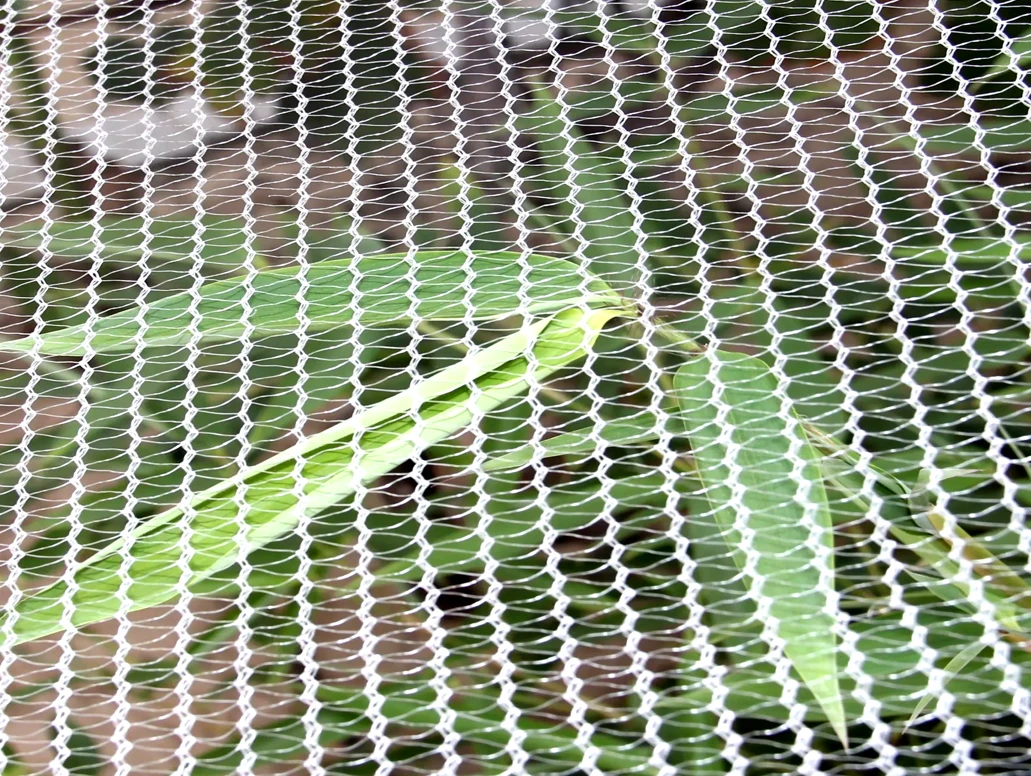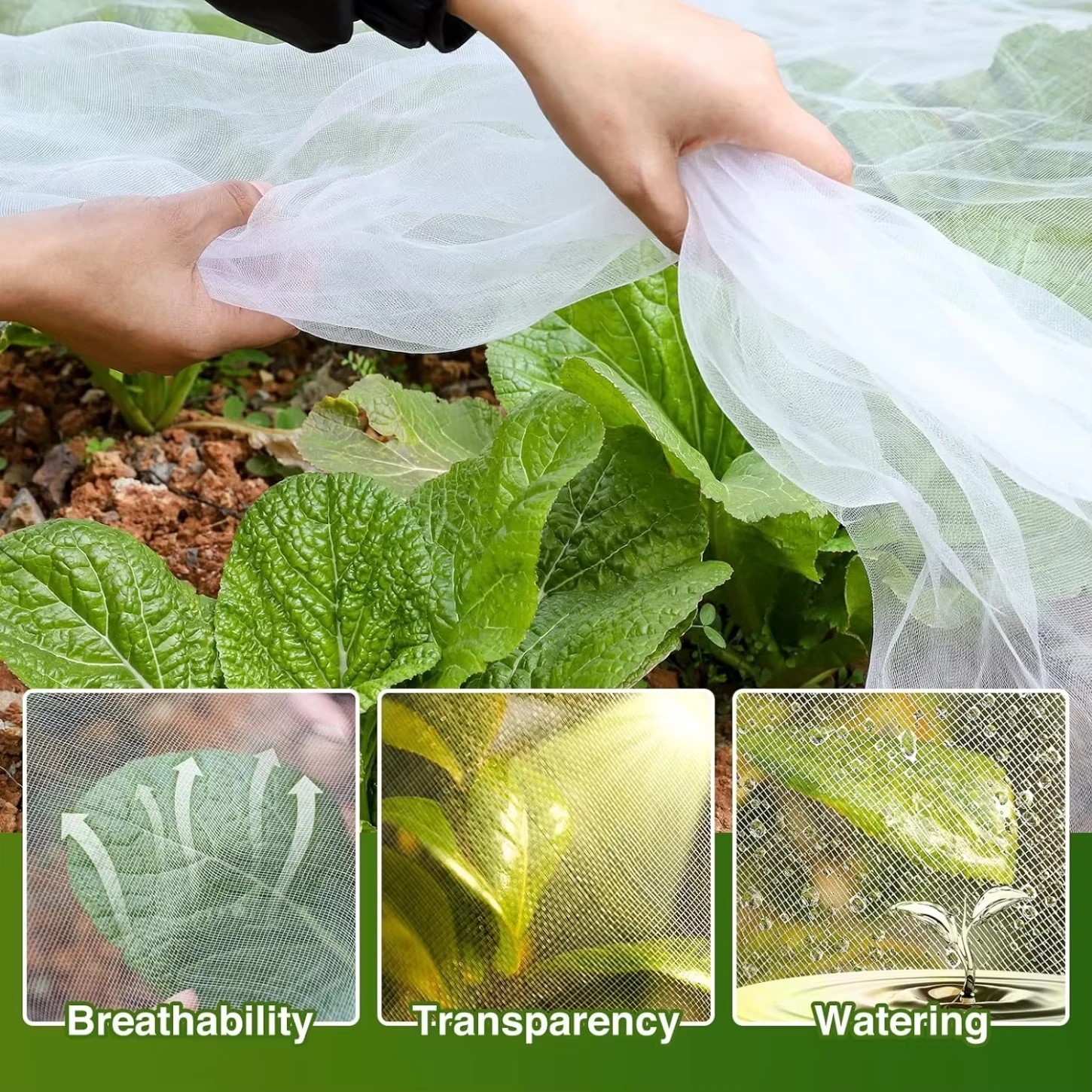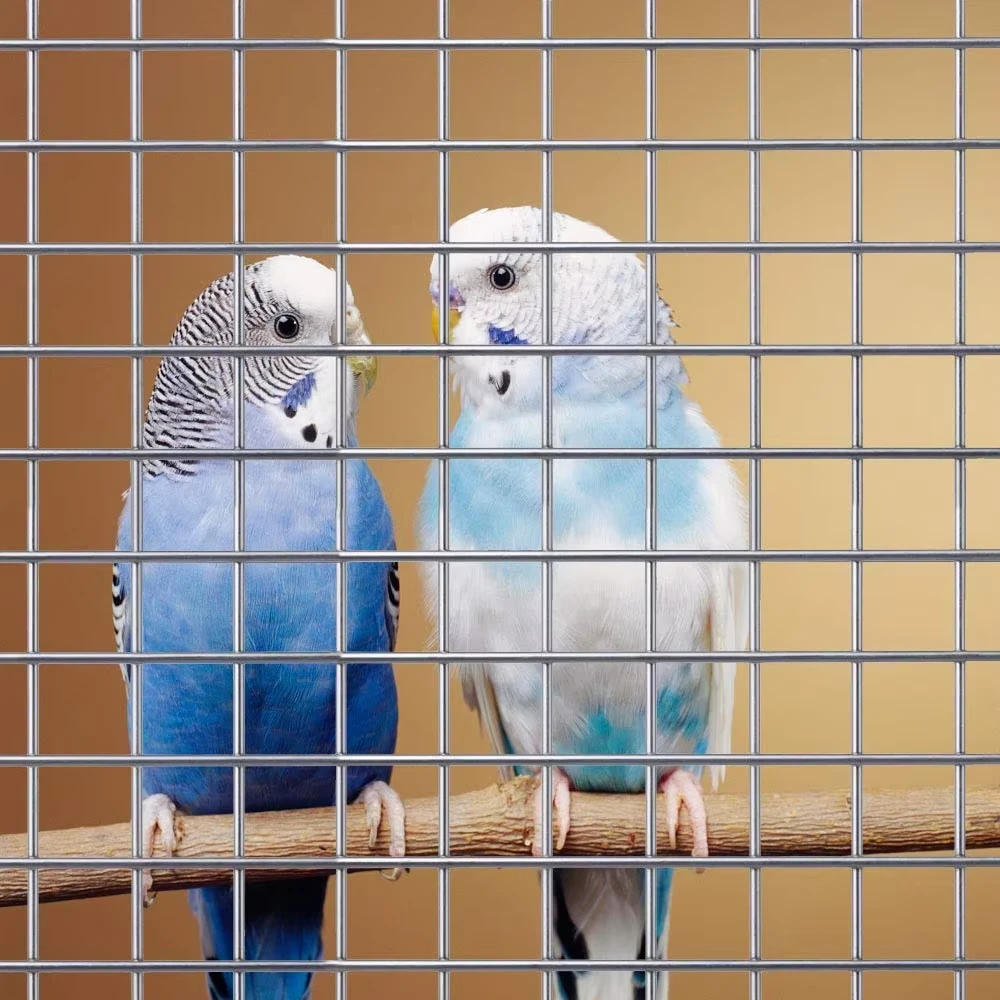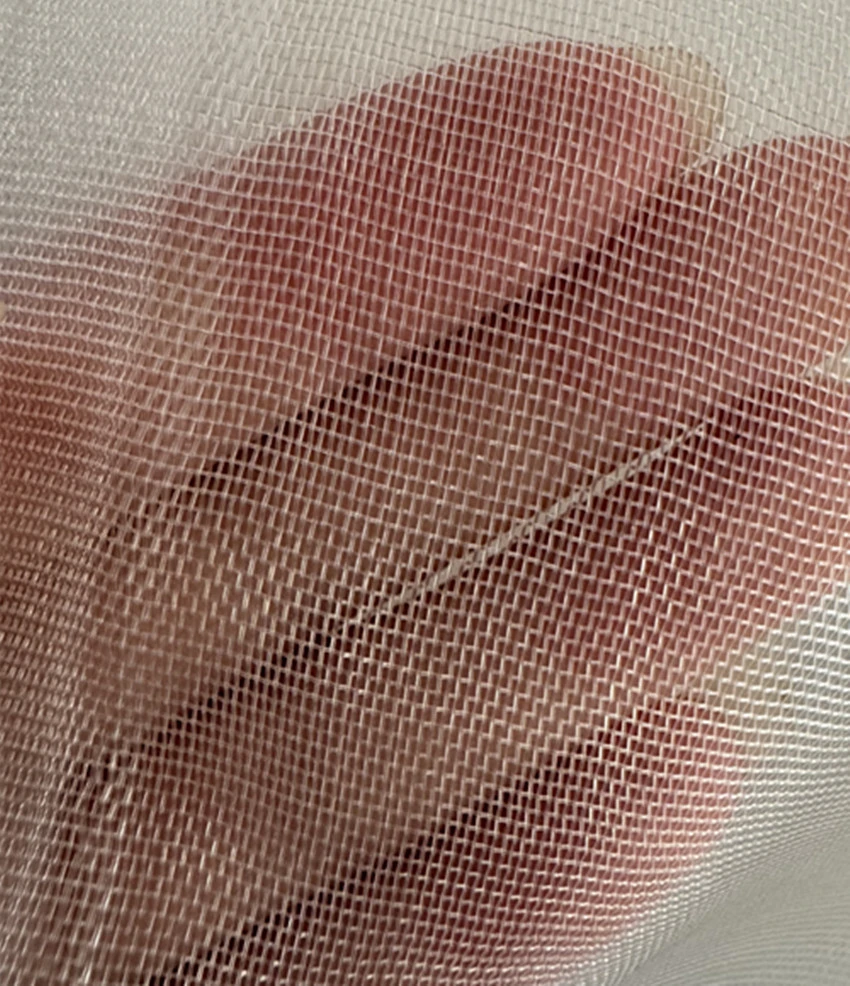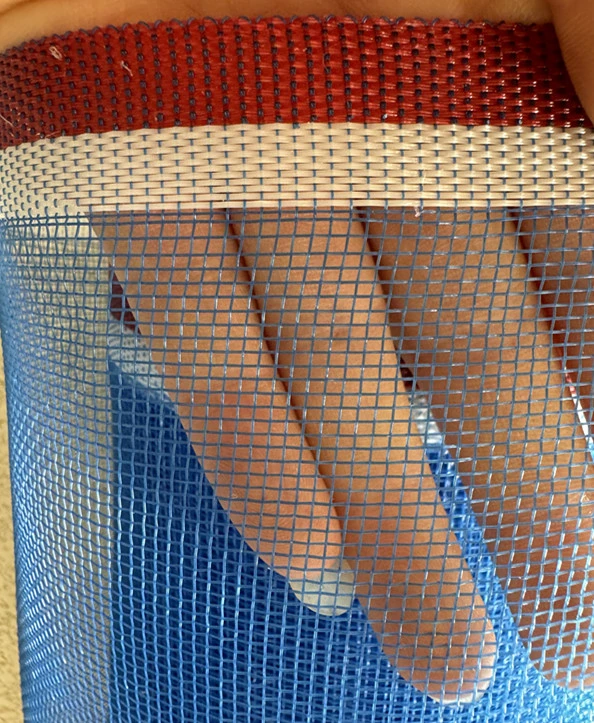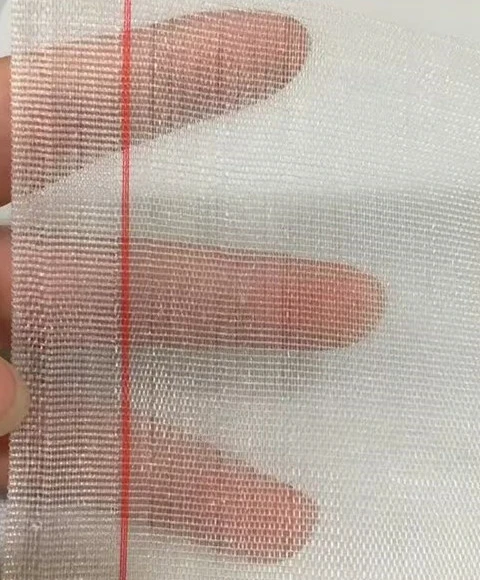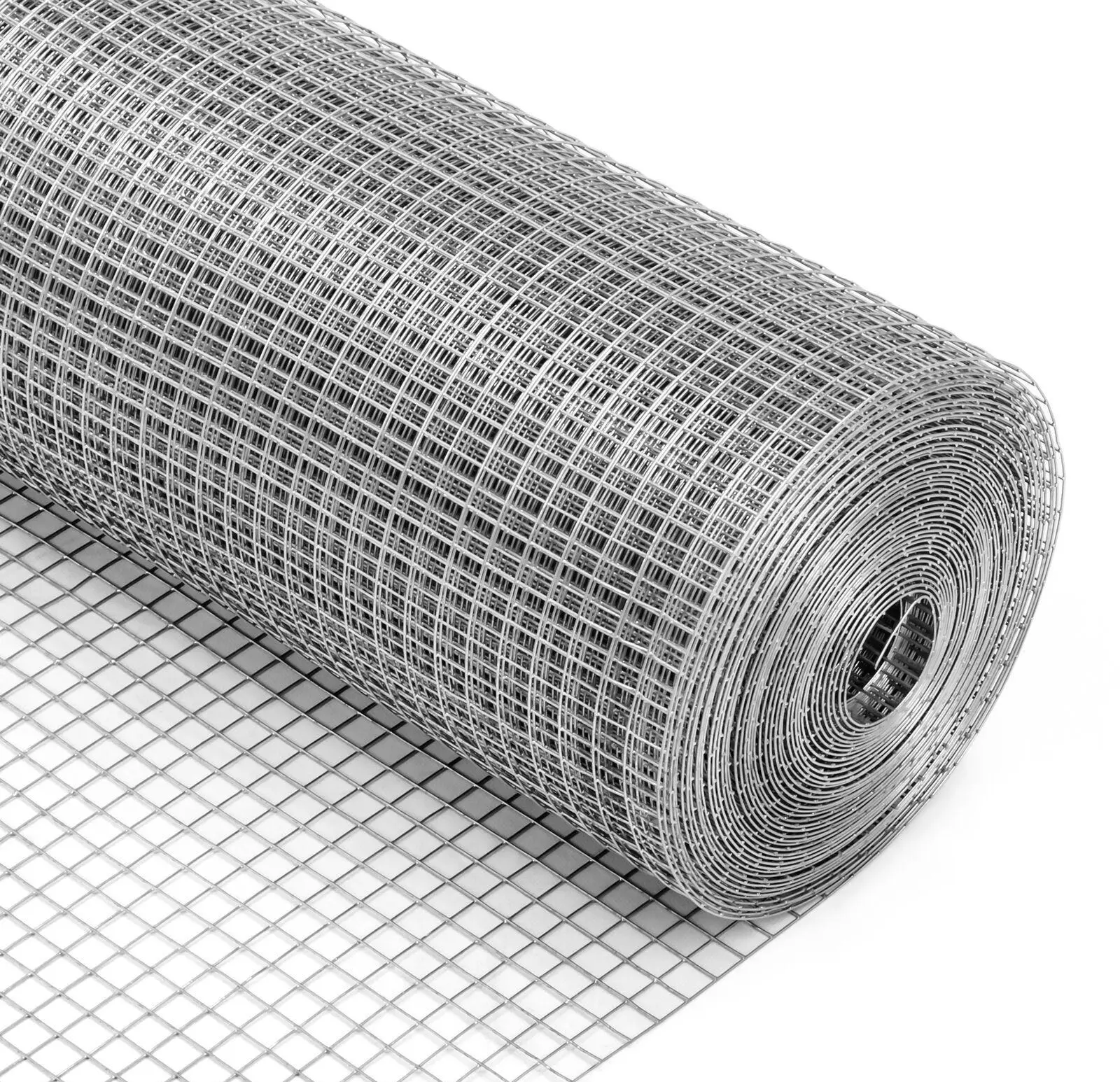Anti Hail Netting: Protect Crops, Cut Losses—Why Us?
Field Notes: Crescent anti-hail net for farms that can’t risk a bad storm
If you work orchards long enough, you learn to respect hail. It’s quick, loud, and—too often—expensive. The simplest fix, as unglamorous as it sounds, is anti hail netting. I’ve spent the last season looking at the Crescent anti-hail net (China) aimed at the Yemen market, and—spoiler—it’s sturdier than it looks.

Why nets are trending (and not just in Europe)
Growers in Yemen, Saudi, Türkiye—actually everywhere storms are getting twitchier—are shifting to canopy protection. To be honest, it’s not only about hail anymore: fruit scarring from wind, bird pecks on early cherries, even sunburn on pears. A good sheet of anti hail netting reduces shock, disperses kinetic energy, and buys you consistency. Many customers say it’s the difference between salvaging a crop and writing off a season.

Materials, build, and real testing
Crescent uses UV-stabilized HDPE monofilament, Raschel-knit into a “crescent” geometry that flexes under impact. That flex is the trick: it spreads hail energy instead of letting it punch through. Yarn is dosed with HALS UV masterbatch; edges are reinforced selvedge for clip points. Methods are straightforward—precision knitting, heat setting, roll inspection—yet the devil is in the yarn uniformity and knitting tension.
Testing? Accelerated UV aging (ISO 4892-2), tensile strip tests (ASTM D5035), mesh gauge checks, and impact drop tests in-house. Service life is typically 5–8 seasons in MENA sun, around 6 at low altitude; real-world use may vary with dust load, acid rain, and how often you tension the canopy. I guess the boring part (documentation) matters: batch traceability and lot QC keep the surprises down.

Product specs (Crescent anti-hail net)
| Origin | China |
| Material | HDPE monofilament, UV-stabilized |
| Knit type | Raschel “crescent” pattern |
| Mesh aperture | ≈ 2.8–4.5 mm (customizable) |
| Weight | ≈ 45–70 g/m² options |
| Tensile strength | ≥ 250 N/5 cm (ASTM D5035, typical) |
| UV package | HALS UV, ≈ 500–800 kLy resistance |
| Widths / Lengths | 2–8 m widths; 50–200 m rolls |
| Colors | Black, crystal, grey (best UV: black) |
| Warranty | Up to 5 seasons UV (site-dependent) |

Where it earns its keep
- Orchards: apples, stone fruit, pomegranates (popular in Yemen).
- Vineyards: pre-harvest protection; also reduces bird pressure.
- Vegetable blocks: cucumbers, peppers in open field fringes.
- Structures: greenhouse roofs, side screens, shade tunnels.
Install with perimeter cables, PE cord or stainless clips, and a modest ridge slope so hail slides off. In windy wadis, spec extra anchor points and check tension every 6–8 weeks. It seems obvious, but people forget it.
Vendor snapshot (quick compare)
| Vendor | Mesh (≈) | UV warranty | Lead time | Certs | Notes |
|---|---|---|---|---|---|
| Crescent (China) | 3–4 mm | Up to 5 seasons | 15–25 days | ISO 9001 (factory); test reports on request | Strong value; broad widths |
| EU brand | 2.8–3.5 mm | 5–7 seasons | 30–45 days | ISO/EN test dossiers | Premium price, robust docs |
| Local importer | 3–5 mm | 3–5 seasons | Stock-dependent | Basic COA | Fast delivery, mixed specs |
Customization and field feedback
Options: width up to 8 m, edge reinforcement (double selvedge), color black for longest UV life, crystal for light. Some growers asked for grey to balance heat—surprisingly decent on late-season apples. A Yemen distributor told me their clients reported 25–40% less fruit scarring after two hail events this spring. Not a clinical trial, but encouraging.

Test data, briefly
- UV aging (ISO 4892-2, 500 h): retained strength ≈ 85–90% (typical lot).
- Tensile (ASTM D5035): warp/weft ≥ 250/220 N/5 cm, sample size n=5.
- Impact: steel ball 20 mm from 2 m, no rupture on supported span (lab rig).
Documents available on request; site results vary with sun and maintenance.
Bottom line
For growers needing reliable anti hail netting without the premium-brand markup, Crescent’s Yemen-market spec is a sensible midpoint: compliant materials, sensible UV package, and honest lead times. If you’re sizing a new block, start with 3–4 mm mesh, black color, and reinforced edges—you’ll thank yourself during the first storm.
Authoritative sources
-
Anti Hail Net | UV-Stable, High-Strength Orchard ShieldNewsNov.17,2025
-
Anti Bird Netting – UV-Stable, Durable, Humane ProtectionNewsNov.17,2025
-
Welded Wire - Durable, Rust-Resistant Mesh, Custom SizesNewsNov.17,2025
-
Garden Mesh Sun Shade – UV-Resistant, Durable, Custom SizesNewsNov.17,2025
-
Bird in Net Solution: Humane, UV-Resistant Bird NettingNewsNov.17,2025
-
Stainless Steel Filters: Durable, Washable, High-FlowNewsNov.10,2025





